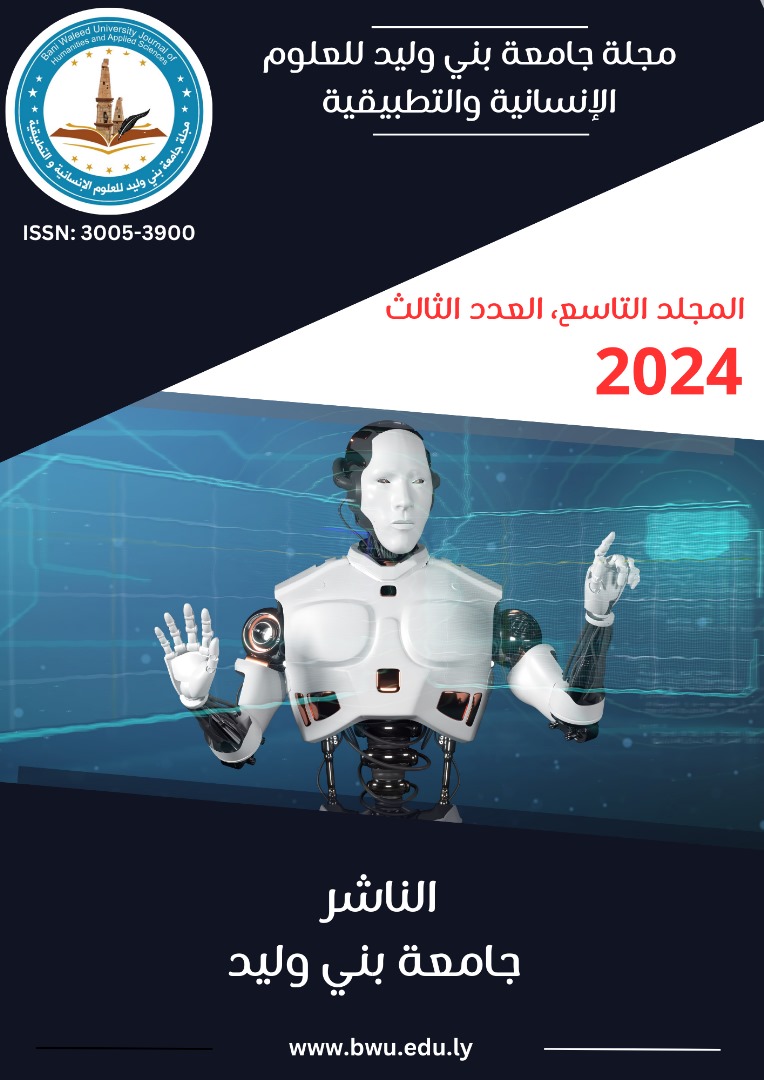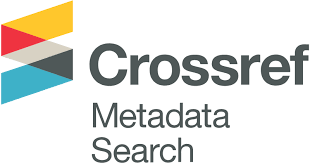Measure the Range Effect of Usability Characteristics in use E-learning System
DOI:
https://doi.org/10.58916/jhas.vi.404Keywords:
E-learning, Usability, Memorability, Efficiency, and LearnabilityAbstract
The software requirements should be clearly defined and documented to ensure that the software meets the needs and expectations of the users. The main issues to use e-learning system refer to quality system such as usability with their sub characteristics, memorability, efficiency, and learnability are often affects to the satisfaction to continue to use of a e-learning system. In addition to defining the requirements, it is important to measure and assess the quality of the software throughout the development process. This can be done through various methods such as testing, reviews, and inspections. By continuously measuring and assessing the quality of the software, any issues or defects can be identified and addressed early on in the development process. Furthermore, maintaining a focus on quality from the beginning of the software development process is crucial. This includes having a clear understanding of what quality means for the specific software being developed, as well as having a plan in place for how quality will be measured and maintained throughout the development process.Overall, ensuring that software requirements are clearly defined and that quality is continuously measured and maintained throughout the development process is essential for producing high-quality software that meets the needs and expectations of its users.
Downloads
References
Alkhattabi, M., Neagu, D., & Cullen, A. (2010). Information quality framework for e-learning systems. Knowledge Management & E-Learning: An International Journal (KM&EL), 2(4), 340-362.
Anderson, J. C., & Gerbing, D. W. (1988). Structural equation modeling in practice: A review and recommended two-step approach. Psychological Bulletin, 103 (3), 411-423.
Chrusch, M. (2000). The whiteboard: seven great myths of usability. Interactions, 7(5), 13-16.Madan, A., & Dubey, S. K. (2012). Usability evaluation methods: a literature review. International Journal of Engineering Science and Technology, 4(2).
Davids, M.R., Chikte, U.M.E. and Halperin, M.L. (2014), “Effect of improving the usability of an E-Learning resource: a randomized trial”, Advances in Physiology Education, Vol. 38 No. 2, pp. 155-160.
Freeze, R. D., Alshare, K. A., Lane, P. L., & Joseph Wen, H. (2010). IS success model in e-learning context based on students' perceptions. Journal of Information Systems Education, 21(2), 173.
Gaoud Alghabban, W. & Hendley, R. (2022). Perceived Level of Usability as an Evaluation Metric in Adaptive E-learning: A Case Study with Dyslexic Children
Gunesekera, A.I., Bao, Y. and Kibelloh, M. (2019), "The role of usability on e-learning user interactions and satisfaction: a literature review", Journal of Systems and Information Technology, Vol. 21 No. 3, pp. 368-394. https://doi.org/10.1108/JSIT-02-2019-0024
Heim, S. (2008), Resonant Interface Hci Foundations for Interaction Design, Addison-Wesley Longman.
Hollender, N., Hofmann, C., Deneke, M. and Schmitz, B. (2010), “Integrating cognitive load theory and concepts of Human-Computer interaction”, Computers in Human Behavior, Vol. 26 No. 6, pp. 1278-1288.
Losavio, F., Chirinos, L., Lévy, N., & Ramdane-Cherif, A. (2003). Quality characteristics for software architecture. Journal of Object Technology, 2(2), 133-150.
Madan, A., & Dubey, S. K. (2012). Usability evaluation methods: a literature review. International Journal of Engineering Science and Technology, 4(2).
Maria, T, Lilyana. K, Elena , K. (2020), A study of the efficiency as a usability characteristic in E-learning environment
Mohd, E et al ., (2019), the perspective of students and faculty members on the efficiency and usability of e-learning courses at ajman university: a case study.
Speicher, M. (2015). What is Usability? A Characterization based on ISO 9241-11 and ISO/IEC 25010
Paulus, I . (2009), Usability of e-learning portal and how it affects students’ attitude and satisfaction, an exploratory study .
Thuseethan, S., Achchuthan, S., & Kuhanesan, S. (2014). Usability Evaluation of Learning Management Systems in Sri Lankan Universities















